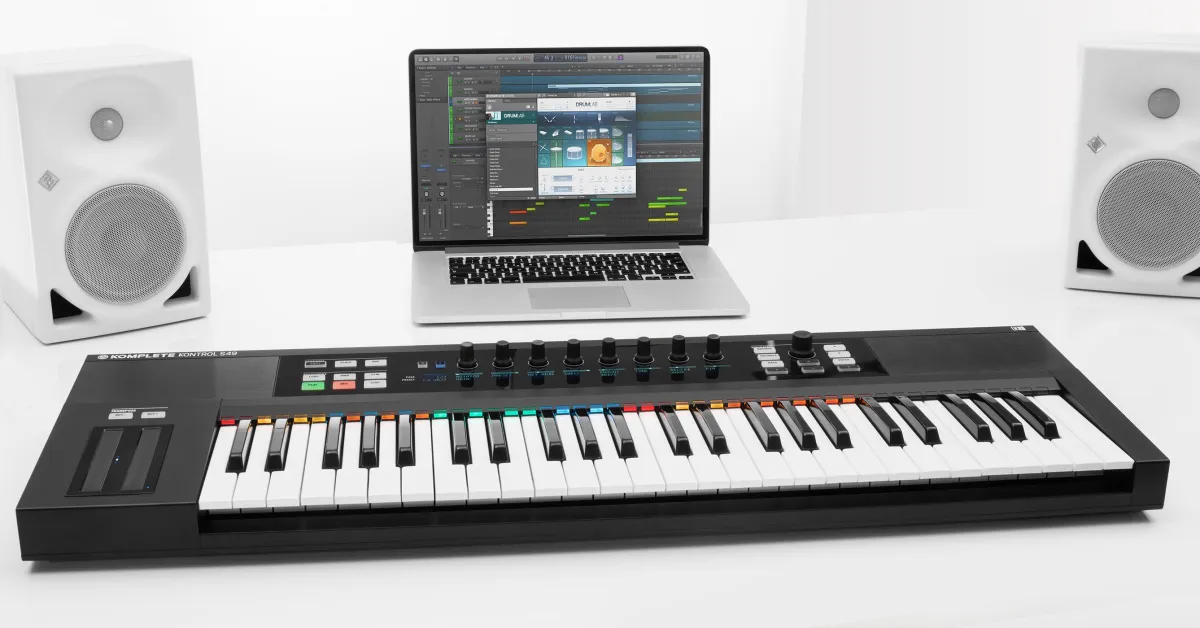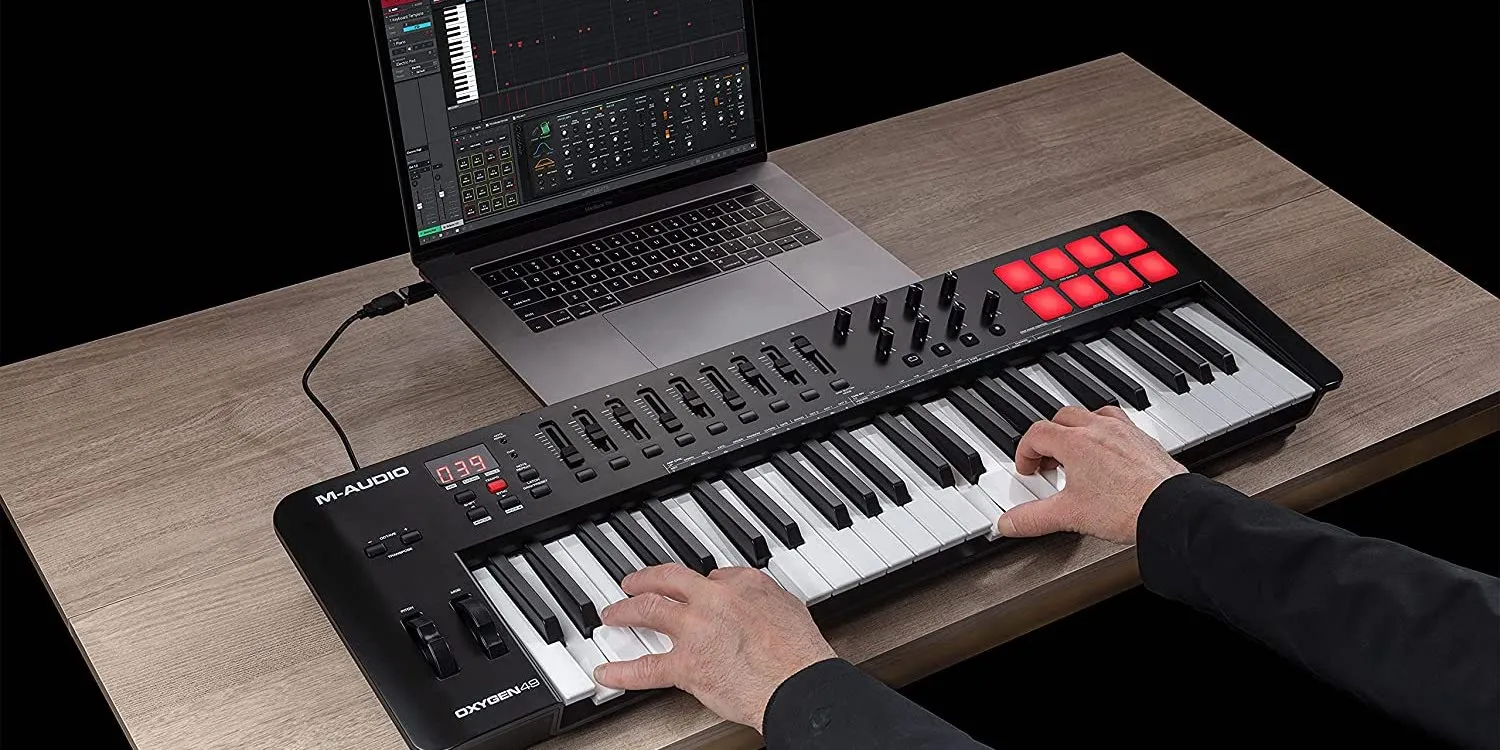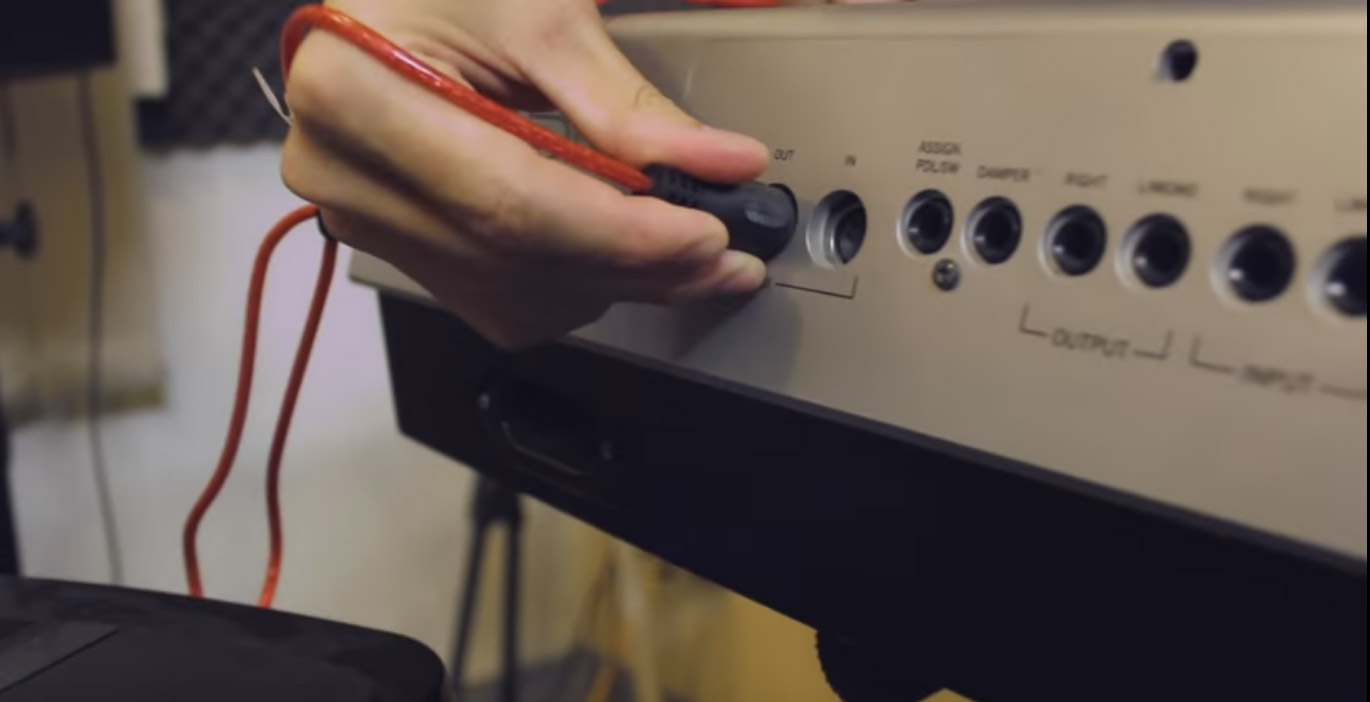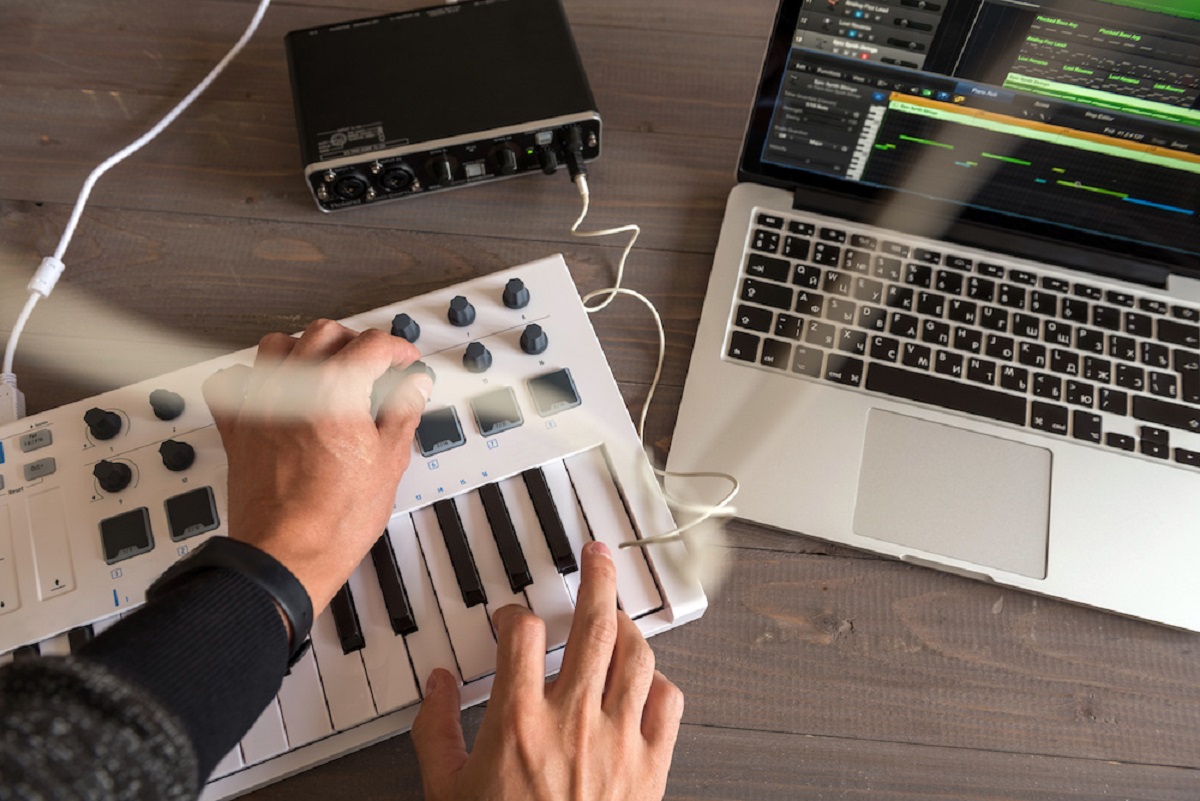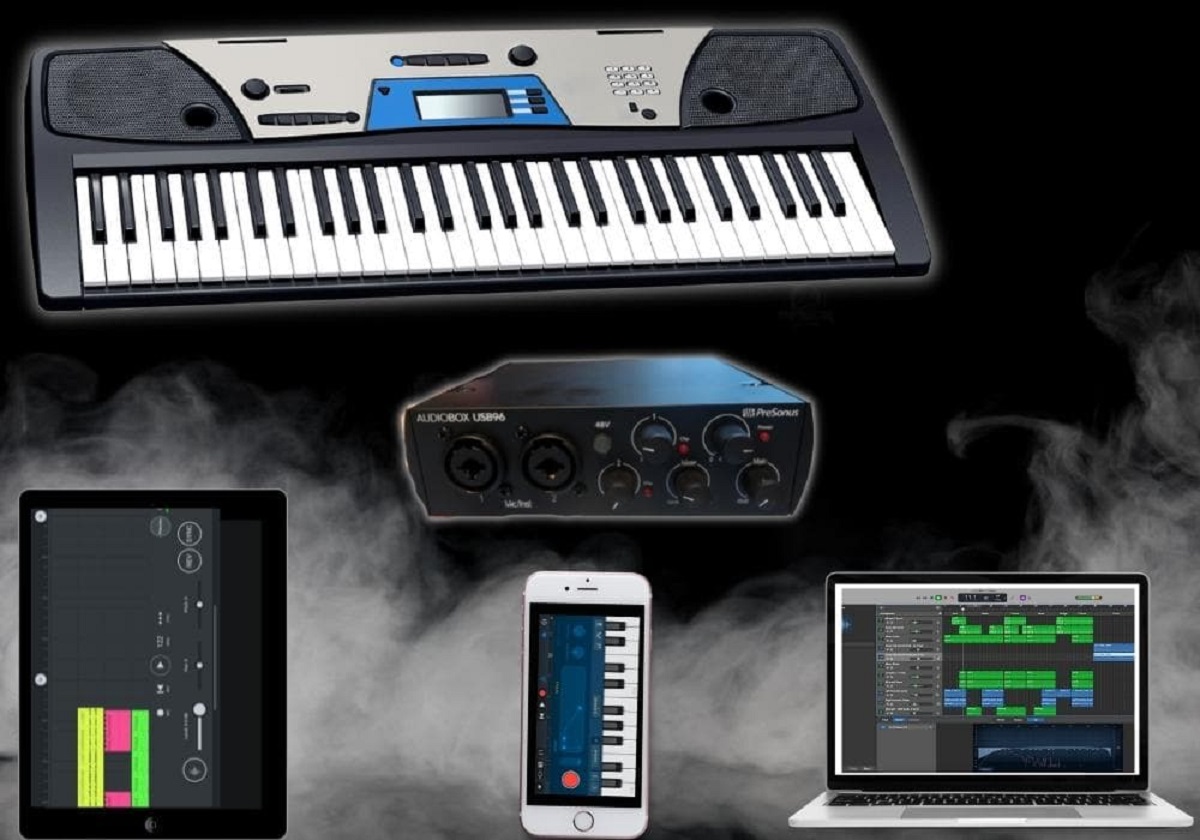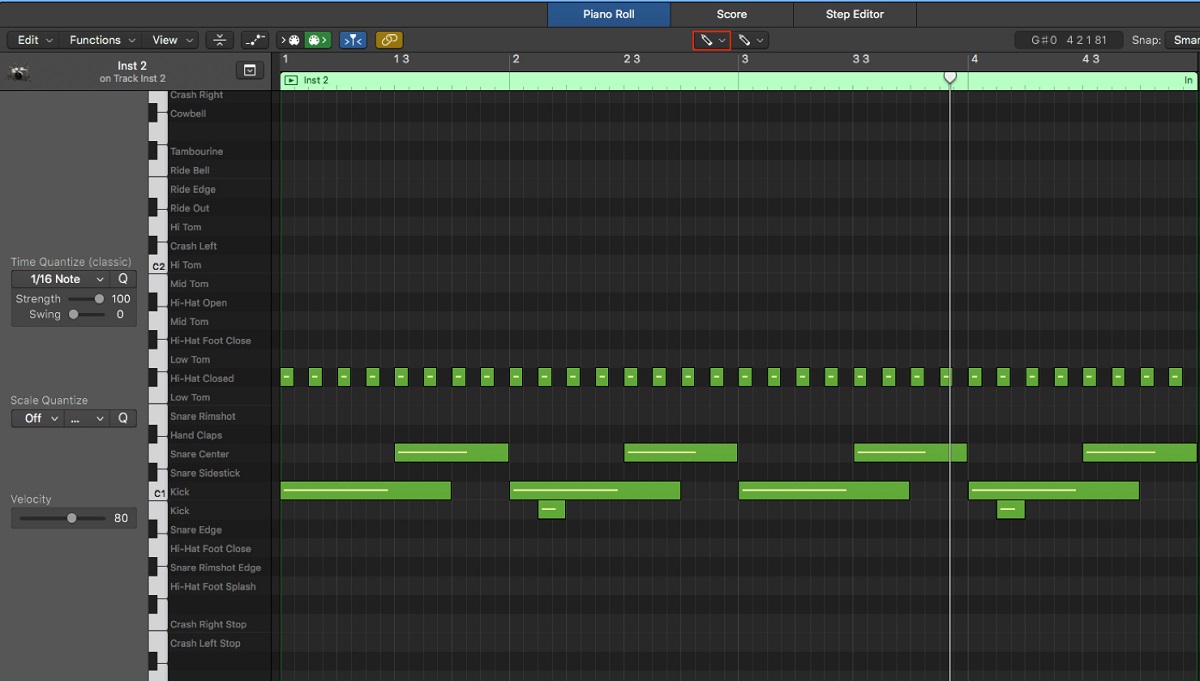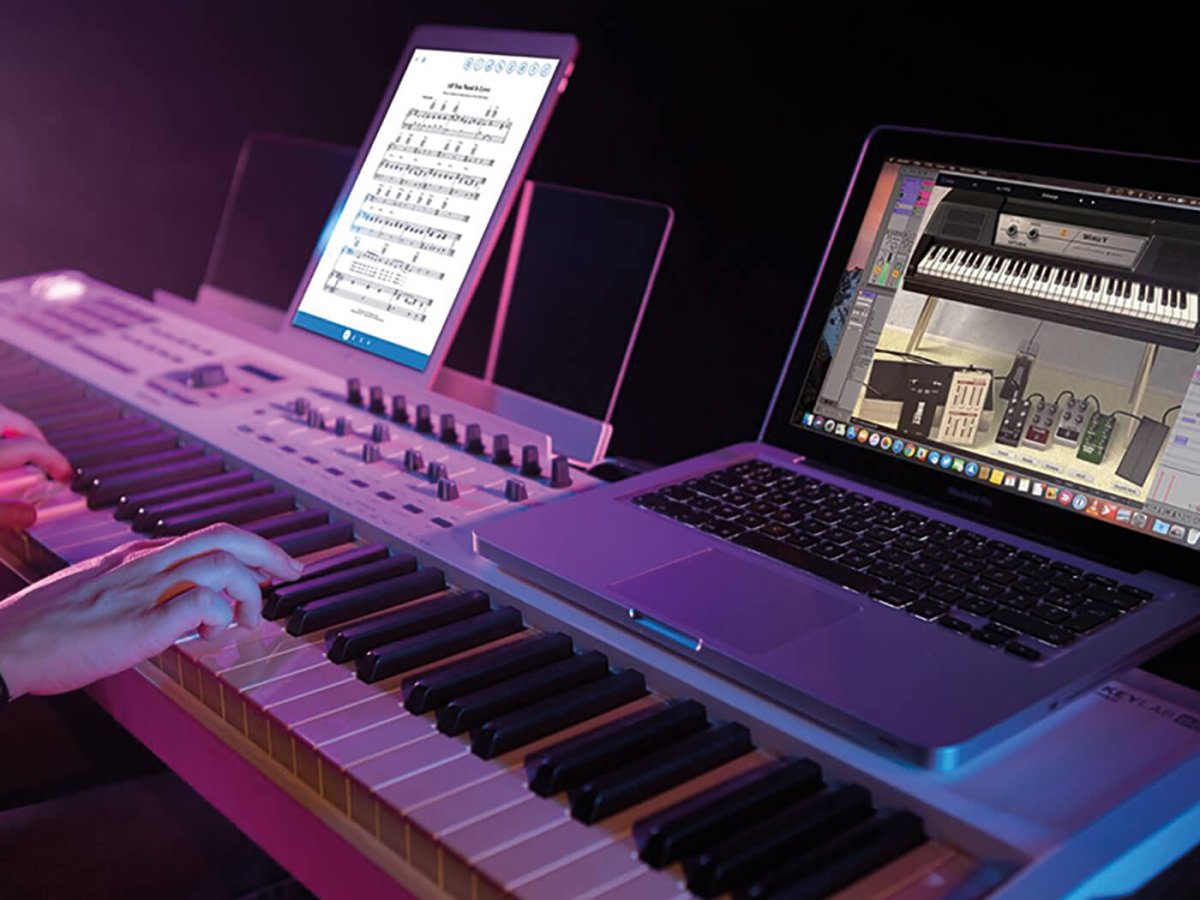Introduction
Playing music using a MIDI keyboard can be an incredibly rewarding experience, allowing for creativity and expression. However, when using software such as Logic, latency issues can hinder the fluidity and responsiveness of the music-making process. Latency refers to the delay between pressing a key on the MIDI keyboard and hearing the sound from the software. This delay can be frustrating and disruptive, impacting the overall performance and user experience.
In this article, we will delve into the realm of latency in Logic and explore effective strategies for eliminating it. By understanding the causes of latency and implementing practical solutions, musicians and producers can ensure a seamless and immersive music production experience.
Latency can manifest in various forms, such as the delay between pressing a key and hearing the sound, or the lag between making an adjustment in the software and hearing the corresponding change in the audio output. These issues can disrupt the creative flow and diminish the quality of the final product. Therefore, it is crucial for music creators to address latency effectively to achieve optimal performance and productivity.
Throughout this article, we will provide insights into the underlying factors contributing to latency in Logic and offer actionable tips for mitigating and eliminating it. Whether you are a seasoned music producer or a novice enthusiast, understanding and addressing latency issues is essential for harnessing the full potential of your MIDI keyboard and software setup.
Now, let's embark on a journey to uncover the intricacies of latency in Logic and equip ourselves with the knowledge and techniques to conquer this obstacle, ensuring a smooth and immersive music production experience.
Understanding Latency in Logic
Latency in Logic, or any digital audio workstation (DAW), can be attributed to the time it takes for the software to process incoming audio signals from a MIDI keyboard and produce audible output. This delay can stem from various stages of the signal processing chain, including the MIDI input, software processing, and audio output. Understanding the factors contributing to latency is pivotal in devising effective strategies to minimize or eliminate it.
One of the primary sources of latency is the buffer size, which represents the amount of audio data the software processes in a single block. A smaller buffer size can reduce latency but may strain the computer’s processing capabilities, potentially leading to audio glitches and dropouts. Conversely, a larger buffer size can alleviate strain on the system but may introduce noticeable latency. Striking a balance between buffer size and system performance is crucial in optimizing latency.
Moreover, the efficiency of the audio interface plays a significant role in latency. A high-quality, low-latency audio interface can facilitate swift data transfer between the MIDI keyboard and the software, minimizing the delay between input and output. Additionally, the processing power and performance of the computer influence the software’s ability to handle real-time audio processing, directly impacting latency.
It is essential to recognize that latency can vary based on the complexity of the project, the number of active tracks and plugins, and the system’s overall processing capabilities. As such, latency management is a dynamic aspect of music production, requiring continual adjustments and optimizations to ensure a responsive and fluid creative environment.
By comprehending the intricacies of latency in Logic, music creators can make informed decisions regarding hardware and software configurations, buffer settings, and system optimizations. Armed with this knowledge, they can proactively address latency issues, resulting in a more streamlined and immersive music production experience.
Now that we have gained insights into the underlying causes of latency in Logic, let us explore actionable strategies for mitigating and eliminating this impediment, empowering music creators to harness the full potential of their MIDI keyboards and software setups.
Tips for Eliminating Latency
Addressing latency in Logic involves implementing practical strategies to minimize or eradicate the delay between MIDI input and audio output. By adopting the following tips, music creators can optimize their setup to deliver a responsive and seamless music production experience:
- Optimize Software and System Settings: Begin by ensuring that Logic and the operating system are updated to the latest versions. Additionally, configure the software’s audio preferences to prioritize low-latency performance. This may involve adjusting the audio buffer size and sample rate to strike a balance between responsiveness and system stability.
- Utilize Direct Monitoring: Many audio interfaces offer direct monitoring capabilities, allowing the input signal from the MIDI keyboard to be routed directly to the output without passing through the software. This bypasses the processing latency within the DAW, providing immediate feedback to the performer.
- Disable Non-Essential Plugins: When working on a project, consider deactivating or freezing unnecessary plugins and effects to reduce the processing load on the system. This can help minimize latency by streamlining the software’s real-time audio processing tasks.
- Opt for Multi-Core Processing: In Logic’s preferences, enable multi-core processing to distribute the software’s computational tasks across the available CPU cores. This can enhance the efficiency of real-time audio processing, potentially reducing latency during playback and recording.
- Use Low-Latency Mode: Many audio interfaces feature a low-latency mode that prioritizes swift data transfer between the hardware and software. Activating this mode can significantly reduce the delay between MIDI input and audio output, enhancing the responsiveness of the system.
By incorporating these tips into their workflow, music creators can effectively mitigate latency issues in Logic, fostering a more immersive and fluid music production environment. These strategies empower users to optimize their software and hardware configurations, resulting in a heightened creative experience and enhanced productivity.
Using Low-Latency Audio Interfaces
Low-latency audio interfaces play a pivotal role in minimizing the delay between MIDI input and audio output in Logic. These hardware components are designed to facilitate swift and efficient data transfer, ensuring a responsive and immersive music production experience. When selecting and utilizing low-latency audio interfaces, several key considerations and best practices can significantly impact latency management:
- High-Quality Analog-to-Digital Conversion: Low-latency audio interfaces feature high-fidelity analog-to-digital converters, preserving the integrity of the incoming audio signals from the MIDI keyboard. This ensures minimal signal degradation and latency, contributing to a more accurate and immediate audio response within the software.
- Optimized Driver Performance: Manufacturers often provide dedicated drivers for their audio interfaces, optimizing the hardware’s compatibility and performance with specific DAWs such as Logic. Installing and configuring these drivers can enhance the interface’s real-time audio processing capabilities, reducing latency and improving overall system stability.
- Direct Monitoring Capabilities: Many low-latency audio interfaces offer direct monitoring functionality, allowing performers to monitor the input signal directly through the interface, bypassing the software’s processing chain. This feature provides immediate feedback to the musician without incurring the latency introduced by the DAW, fostering a more natural and responsive playing experience.
- Sample Rate and Buffer Size Optimization: Adjusting the sample rate and buffer size settings within the audio interface’s control panel can influence the latency performance. By finding the optimal balance between sample rate, buffer size, and system stability, users can tailor the interface’s behavior to suit their specific latency requirements.
- Compatibility and Integration: When integrating a low-latency audio interface with Logic, it is essential to ensure seamless compatibility and integration. This involves configuring the interface within Logic’s audio preferences, selecting the appropriate input and output channels, and optimizing the software’s settings to leverage the interface’s low-latency capabilities effectively.
By leveraging these considerations and harnessing the capabilities of low-latency audio interfaces, music creators can substantially reduce latency in Logic, fostering a more responsive and immersive music production environment. These hardware components serve as integral assets in latency management, empowering users to realize the full potential of their MIDI keyboards and software setups.
Adjusting Buffer Size
The buffer size setting in Logic serves as a critical parameter in latency management, directly influencing the responsiveness and stability of real-time audio processing. By understanding the implications of buffer size and adopting best practices for its adjustment, music creators can effectively optimize latency performance within the software.
Buffer size refers to the amount of audio data processed in a single block by the software. A smaller buffer size reduces the latency between MIDI input and audio output, enabling more immediate feedback to the performer. However, a smaller buffer size can also strain the computer’s processing capabilities, potentially leading to audio glitches and dropouts, particularly in complex projects with numerous tracks and plugins.
Conversely, a larger buffer size alleviates the processing load on the system, enhancing stability and minimizing the risk of audio interruptions. However, a larger buffer size introduces noticeable latency, impacting the real-time responsiveness of the software. Striking a balance between buffer size, system performance, and latency is crucial in optimizing the music production environment.
When adjusting the buffer size in Logic, consider the following best practices:
- Project Complexity: Tailor the buffer size to the specific requirements of the project. For recording and monitoring, a smaller buffer size may be preferable to minimize latency, whereas mixing and playback tasks can accommodate a larger buffer size to optimize system stability.
- Real-Time Monitoring: When recording MIDI performances, consider utilizing a smaller buffer size to provide immediate feedback to the performer. Direct monitoring through the audio interface can further reduce the perceived latency, enhancing the playing experience.
- System Resources: Assess the computer’s processing capabilities and available resources when determining the optimal buffer size. In resource-intensive projects, a larger buffer size can alleviate strain on the system, minimizing the risk of audio dropouts and glitches.
- Performance Testing: Experiment with different buffer size settings to assess their impact on latency and system stability. This iterative approach allows users to identify the optimal buffer size for their specific workflow and hardware configuration.
- Interface Compatibility: Ensure that the selected buffer size aligns with the capabilities of the audio interface. Some interfaces may have constraints or recommendations regarding buffer size settings for optimal performance.
By conscientiously adjusting the buffer size in Logic and considering the project’s demands, system resources, and real-time monitoring requirements, music creators can strike an optimal balance between latency, stability, and responsiveness, fostering a more fluid and immersive music production experience.
Optimizing System Performance
Efficient system performance is integral to managing latency in Logic and ensuring a seamless music production experience. By implementing optimization strategies that enhance the computer’s processing capabilities and resource allocation, music creators can mitigate latency issues and elevate the overall responsiveness of the software.
Several key practices can significantly impact system performance and latency management within Logic:
- Hardware Upgrades: Assess the computer’s hardware components, such as the CPU, RAM, and storage drive. Upgrading to a faster processor, expanding RAM capacity, or utilizing solid-state drives (SSDs) can bolster the system’s processing speed and data access, potentially reducing latency in resource-intensive projects.
- Background Processes: Minimize background applications and processes that consume system resources. Task Manager or Activity Monitor can be utilized to identify and terminate non-essential tasks, freeing up computational power for real-time audio processing in Logic.
- Driver Updates: Ensure that the computer’s hardware drivers, particularly those for audio interfaces and MIDI controllers, are up to date. Updated drivers often include performance enhancements and optimizations that can positively impact latency and system stability.
- System Maintenance: Regularly perform system maintenance tasks, such as disk cleanup, defragmentation (if applicable), and software updates. A well-maintained system can operate more efficiently, reducing the likelihood of latency-inducing performance bottlenecks.
- Power Management: Adjust power settings to prioritize performance over energy conservation, particularly during music production sessions. This can prevent the system from entering low-power states that may compromise processing speed and real-time audio performance.
- Optimized Software Configuration: Configure Logic’s preferences to align with the system’s capabilities and latency requirements. This may involve adjusting audio settings, plugin management, and track freezing to optimize real-time audio processing and minimize latency.
By proactively optimizing the system’s performance through hardware upgrades, resource management, and software configuration, music creators can create a more responsive and stable music production environment within Logic. These practices empower users to harness the full potential of their MIDI keyboards and software setups, fostering a creative space where latency is minimized, and productivity is maximized.
Conclusion
Addressing latency in Logic when using a MIDI keyboard is paramount to ensuring a fluid and immersive music production experience. By understanding the underlying causes of latency and implementing effective strategies, music creators can optimize their setup to minimize or eliminate the delay between MIDI input and audio output. From adjusting buffer size and optimizing system performance to leveraging low-latency audio interfaces, a proactive approach to latency management can significantly enhance the responsiveness and stability of the software.
Throughout this exploration, we have delved into the intricacies of latency in Logic, recognizing its impact on the creative process and the quality of the final musical output. By comprehending the factors contributing to latency and adopting best practices for latency management, music creators can overcome this obstacle, fostering a more seamless and enjoyable music production environment.
It is crucial for music creators to tailor their approach to latency management based on the specific demands of their projects, hardware configuration, and workflow preferences. By experimenting with different strategies, adjusting settings, and optimizing their systems, users can identify the most effective solutions for minimizing latency in their unique music production setups.
Ultimately, the quest to eliminate latency in Logic is a dynamic and iterative process, requiring continual adjustments and optimizations. By incorporating the insights and strategies outlined in this article, music creators can empower themselves to realize the full potential of their MIDI keyboards and software setups, creating an environment where latency is minimized, creativity flows uninhibited, and the music comes to life with unparalleled responsiveness.
As music creators embark on their latency management journey, they are poised to cultivate a space where the technical barriers dissolve, allowing their artistic vision to flourish without the hindrance of perceptible delays. With a nuanced understanding of latency and a repertoire of effective strategies at their disposal, music creators can embark on a seamless and inspiring music production journey within Logic, propelled by the harmonious convergence of creativity and technology.







